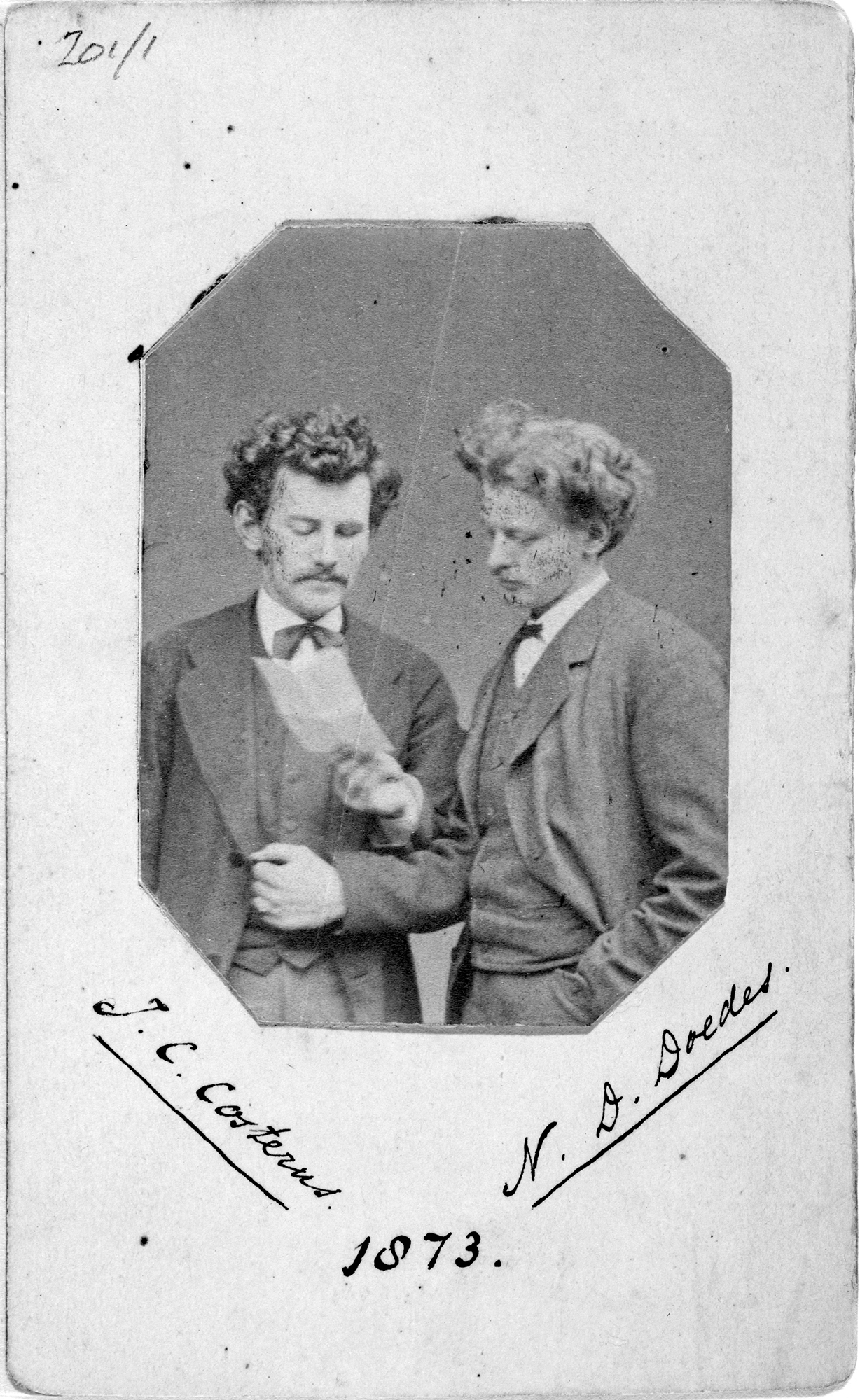A son [George Howard Darwin] was born on Wednesday.
Sends queries on Galapagos flora.
Discusses JDH's comments on [Journal of researches].
CD feels that with his views on descent "really Nat. Hist. becomes a sublimely grand result-giving subject".
"How differently people view the same subject, for I look at insular Floras … as leading to an opposite view to yours."
Describes progress in illustration of fossil cirripede specimens. Thanks for answers to questions. Comments on hermaphroditism. Describes his discovery of parasitic male cirripedes.
Grateful for AH's long letter and suggestions. Delighted at what he says about "complemental males". CD feared no one would believe in them but now that Owen, Dana, and AH accept them, he is content.
Agrees with AH on cross-impregnation; has collected facts on this head but has done nothing with them.
AH's paper on Alcippe [Ann. & Mag. Nat. Hist. 2d ser. 4 (1849): 305-14] caused him to lose sleep over its anomalous structure.
Debates aberrant species, e.g., Ornithorhynchus and Echidna, with JDH. CD argues they are result of extinction having removed intermediate links to allied forms.
Studying effects of disuse in wings of tame and wild ducks.
Tabulations showing that number of species in a genus is not correlated with number of genera in an order.
Asks for a pea variety for an experiment.
Discusses C. F. v. Gärtner's results [in Bastarderzeugung im Pflanzenreich (1849)]. Criticises Gärtner's belief that hybrids are always less fertile than their parents.
Asks about MJB's experiments.
Reports success of hybrid cross with Vallota and the failure of another cross.
Asks for information on geographical distribution of ascidians; are any closely allied species or genera found in north and south temperate zones that do not have representatives in the tropics?
Answers some questions on [cirripede] antennae.
If THH ever sees a tree washed ashore, will he observe whether any earth is embedded between roots?
Will use Boltenia case cautiously, if at all.
Polyzoa.
Bisexualism in Flustra and Ascidia.
One plant in self-sown patch of Aegilops has assumed a triticoidal character; JSH feels it may be an example of Aegilops passing to wheat.
Asks GB for help in clearing up his problems about Leguminosae, in connection with his "wild bit of speculation on the crossing of plants" [see Natural selection, p. 71].
Darwin Correspondence Project
darwin@lib.cam.ac.uk
© University of Cambridge 2022
Website by Surface Impression



© 2024 University of Cambridge
